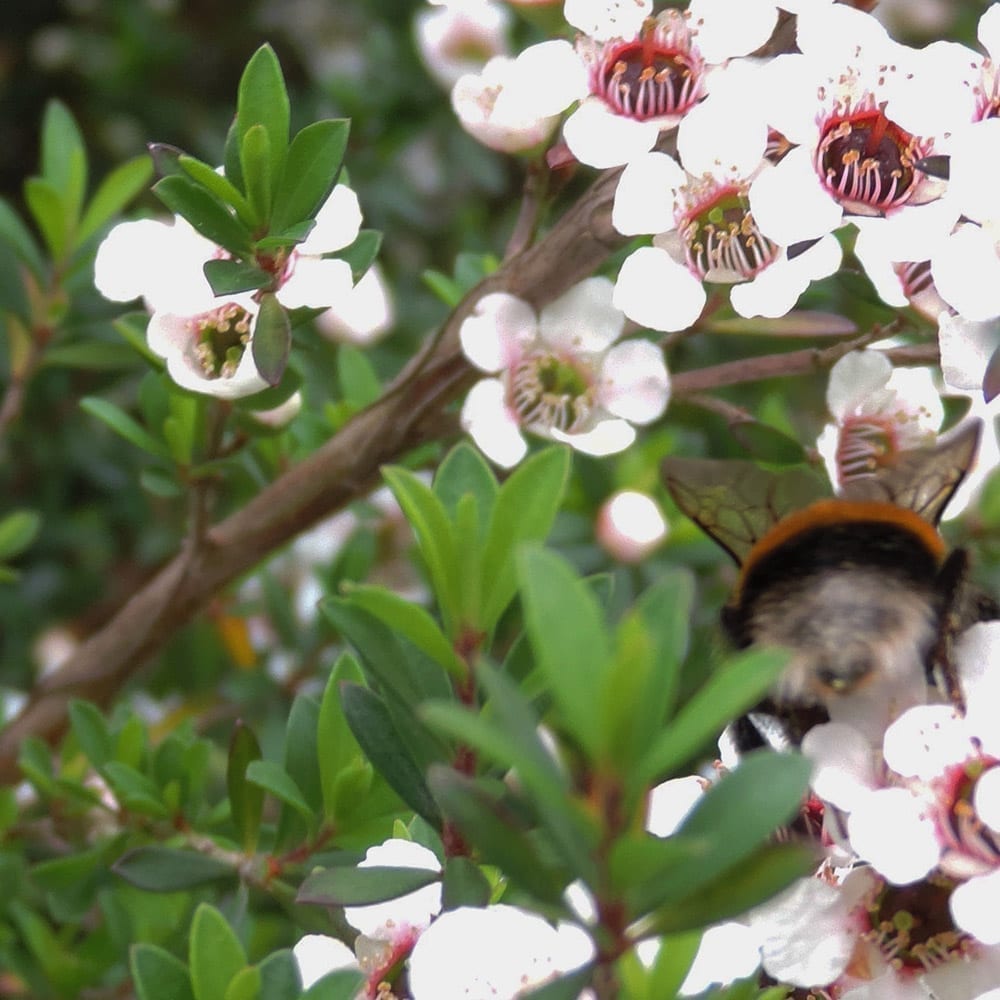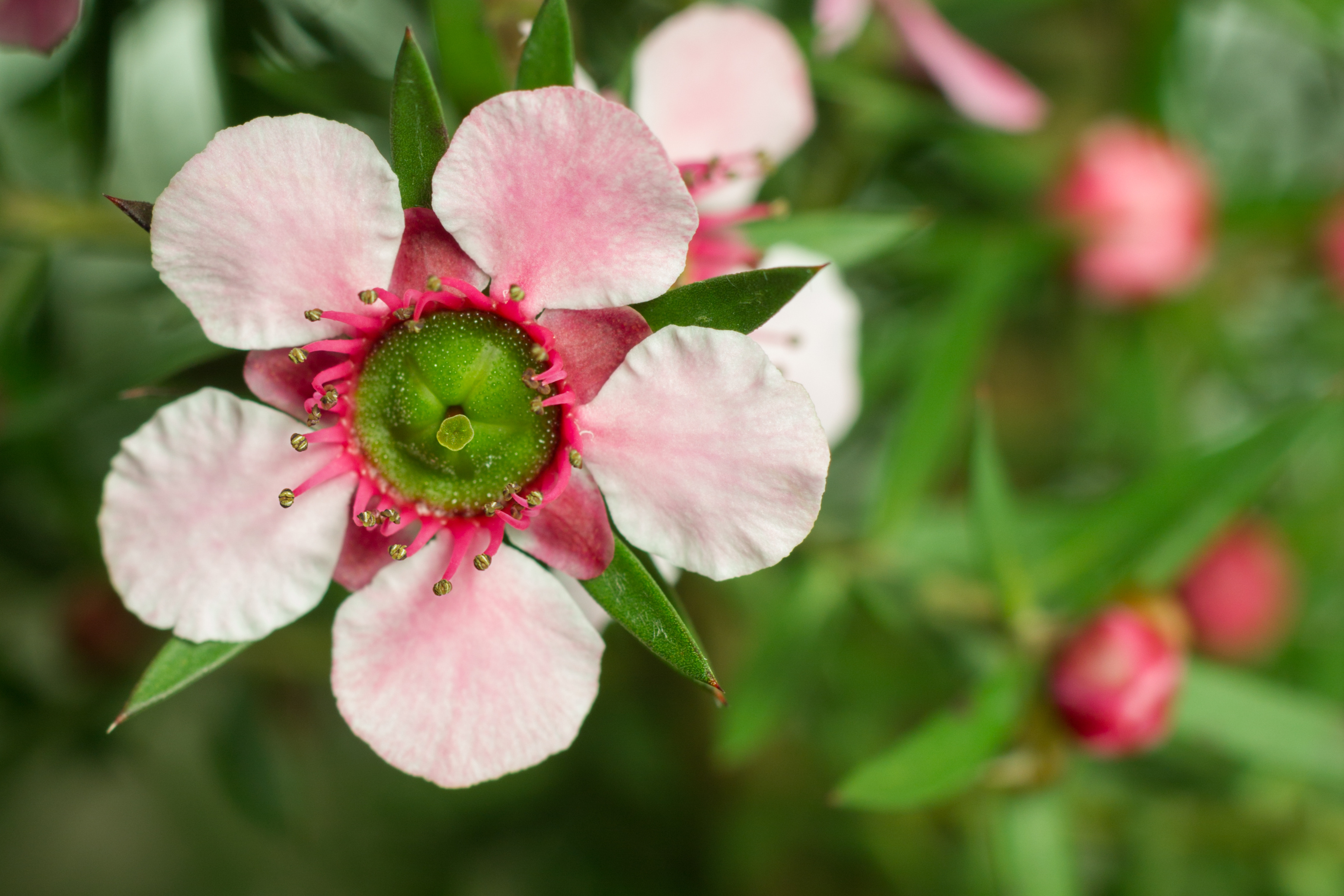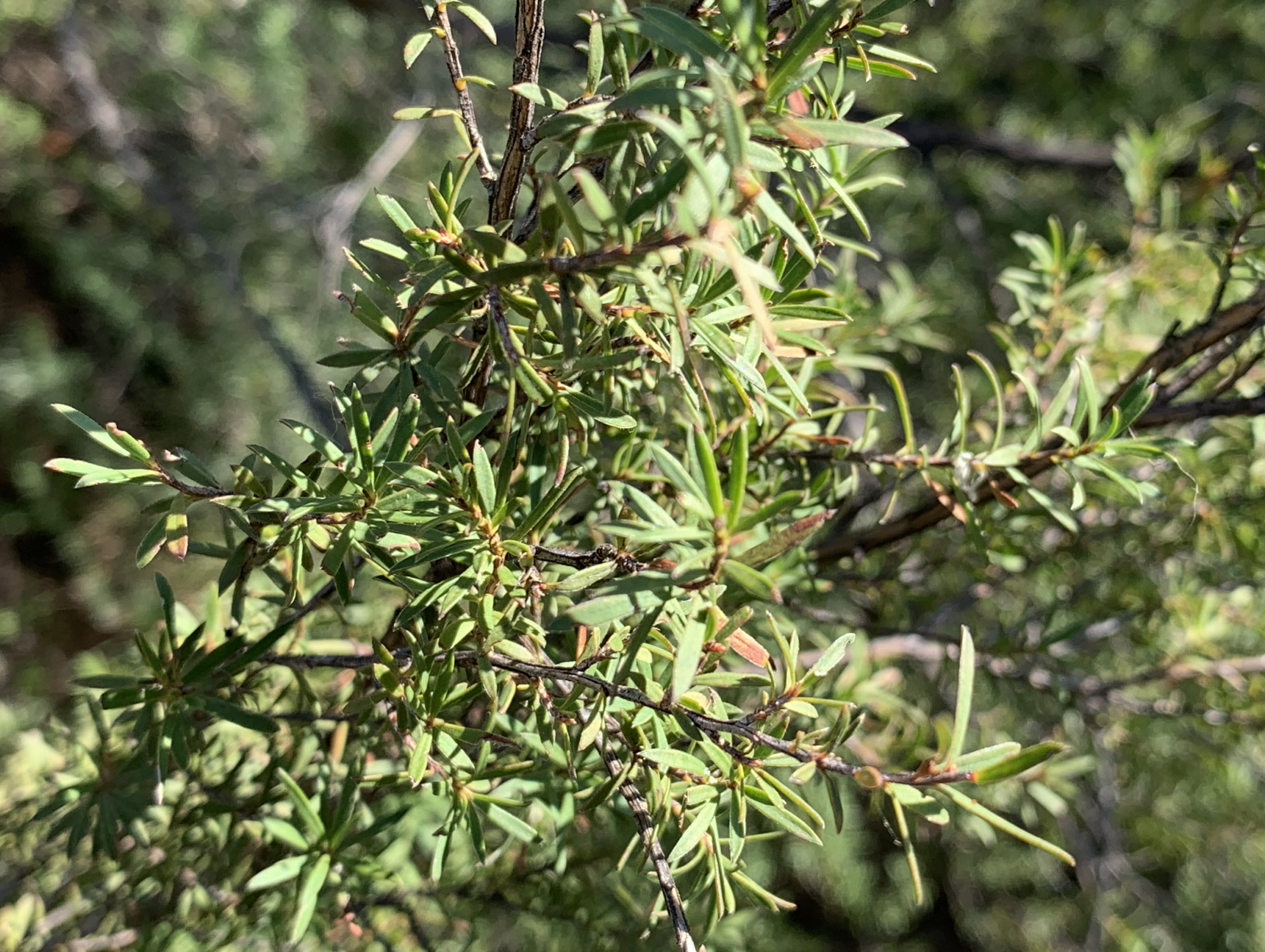
What is Manuka Honey and How to Use It 2023 Guide Times Lifestyle
Manuka has some adaptations to fire. It is one of the first plant species to regenerate and dominate recently burned or cleared land in New Zealand.. The manuka plant can thrive in habitats with limiting environmental conditions like permanently wet ground and dry exposed sites.. Manuka plants are considered to be invasive weeds in some areas as they produce numerous seeds which are very light.

New Zealand Farmers Encouraged to Plant Manuka
How to Grow. For manuka tree, first step is to find the good location. The tree does best in full sun and well-drained soil. Next, you need to prepare the soil by digging a hole that is twice the width and depth of the tree s root ball. After that, you can place the tree in the hole and backfill it with the excavated soil.

Manuka Plant Secret Life, Hives, Dream Vacations, New Zealand, Picturesque, Scenery, Friendly
Leptospermums readily grow in Cornwall to 10-12ft high (obviously the dwarf and prostrate forms do not). In colder counties they may only achieve half this size. However they demand hot, dry and well sheltered situations. Up against a sheltered south or west facing wall or bank is perfect.

Manuka Honey Tree Trees to plant, Australian tea tree oil, Manuka tree
Cultivation. Outdoors, grow in moist but well-drained, acidic to neutral soil in a warm and sheltered position; the foot of a south- or west-facing wall is ideal. Under glass, grow in loam-based potting compost in full or bright, filtered light. When in growth, water freely and apply a balanced liquid fertiliser monthly; water sparingly in winter.

Manuka Tea Tree Making Herbal Tea at Home Brett Elliott
Leptospermum scoparium, commonly called mānuka, ( Māori pronunciation: [maːnʉka]) mānuka myrtle, [1] New Zealand teatree, [1] broom tea-tree, [2] or just tea tree, is a species of flowering plant in the myrtle family Myrtaceae, native to New Zealand (including the Chatham Islands) and south-east Australia. [1] [3] [4] [5] Its nectar.

Why Manuka Honey is more than just a fad Natural Home
Description. Myrtaceae (family name) Forage for Pollinators: Produces Nectar and Pollen for an array of pollinators, especially attractive to Honeybees and some short-tongued bumblebees and solitary bees. This is a major honey plant, where there is a sufficiently large stand of these small trees. An absolute star bee plant, which also flowers during the June-gap dearth.

Manuka Oil Main Camp Natural Extracts
Tip 3: How much to fertilise Leptospermum scoparium. Manuka flowers for an extended period in the UK. You should feed the plant with a diluted liquid fertiliser once a week from when you see the buds until the last flowers in summer. The ideal pH for the soil for growing the Tea tree is between 5 to 6. Use fertiliser for plants that prefer.

Manuka Leptospermum scoparium Plants Kew
Details of the affordable young manuka, leptospermum scoparium plants, grown in 7 cm pots available mail-order from Kore wild fruit nursery.. Manuka is a shrubby plant from down under,. Lampeter, Ceredigion SA48 8RL, UNITED KINGDOM. E-mail: [email protected]. Call us: 0 1570 470439. Follow Us. Stay in touch with us on.

Amazon.co.uk manuka tree
Check Out Manuka Plant On eBay. Find It On eBay. Everything You Love On eBay. Check Out Great Products On eBay.

Why there’s something funny about that £45 a pot ‘manuka’ honey The Times
Manuka honey plant at Tregothnan Estate. Tregothnan is the only place outside of New Zealand that produces Manuka honey. Native to New Zealand, Manuka grows wild much like gorse does here in the UK. In the UK however, Manuka has only been cultivated since 1880. The manuka bush, has been grown at Tregothnan since the 19th Century.

Pink Manuka .A pinkflowering ornamental manuka in full flower, November. This is the tree that
Plant the cutting in well-drained soil and keep the substrate moist. After a few weeks, new roots should develop and the cutting can be transplanted into a pot or soil. The ideal time to do this is from spring to summer. The clump division method can be applied if the manuka plant has bushy growth and several stems.
_flowers_on_a_single_twig_0.jpg?itok=E4bAcoUX)
Manuka Leptospermum scoparium Plants Kew
Famous for its flowers that are used to make Manuka honey, the Manuka tea tree (Leptospermum scoparium) — also known as Manuka myrtle, New Zealand tea tree, and broom tea tree — is an evergreen shrub native to New Zealand and Australia. Manuka's aromatic leaves were used by Captain Cook and early pioneers for tea, hence its moniker.

Manuka Or Kanuka 3 Tips To Be Sure New Zealand Nature Guy
Leptospermum scoparium is thought to have originated in Australia and then spread to New Zealand, where it is now much commoner. It is a shrub or small tree, typically forming scrub 2 - 5 metres (7 - 16 feet) tall, but capable of growing up to 15 metres (nearly fifty feet). It has small, prickly leaves and pink or white flowers with five.

Manuka Tree Seeds Leptospermum scoparium 10 Rare Medicinal Etsy Tree seeds, Manuka plant
L. scoparium is the source of Manuka honey.. AFTER PLANT TOMATO FEED Liquid Concentrate with Bio stimulant is a high potash liquid concentrate containing seaweed extract, plant derived amino acids and other nutrients specifically formulated to benefit tomatoes and greenhouse plants.. Telephone: +44 (0) 1209 860316 Email: [email protected].

Leptospermum scoparium Martini Manuka, Tea Tree Plant in 9 cm Pot Amazon.co.uk Garden
Evergreen shrub with beautiful, tiny, scented leaves coming to us directly from Sicily. Abundant flowers like small roses. No particular requirements as regards type of soil provided it is well-drained, even poor, both calcareous and acid. Colours available: white, pink, red, purple. Latin Name: Leptospermum Scoparium.

Order Manuka honey plants online from NZ’s best distributor Water wise plants drought tolerant
The New Zealand tea tree (Leptospermum scoparium) is an upright evergreen shrub that features small, prickly, needle-like leaves, which are aromatic when crushed.In early summer, the plant produces showy single or double white, pink, or red blossoms that are attractive to bees and other pollinators. In fact, manuka honey, a popular honey for culinary uses and alternative medicine, is produced.